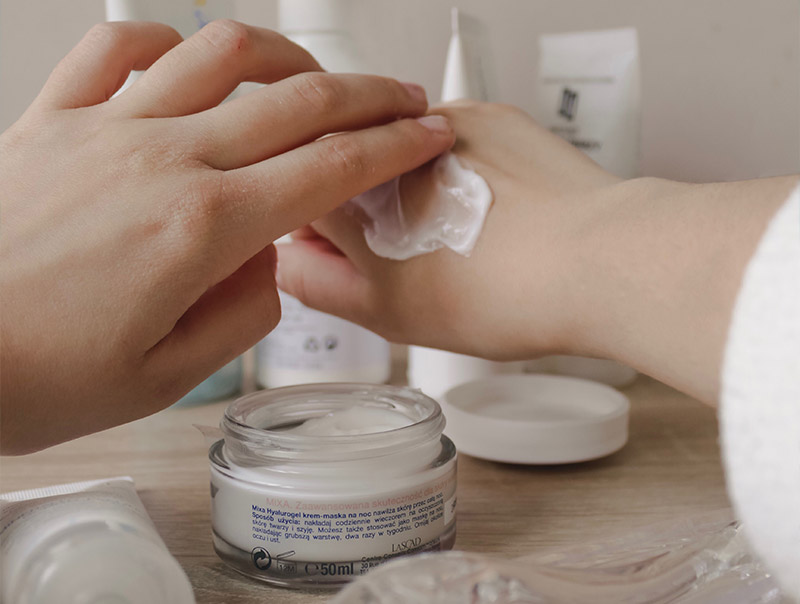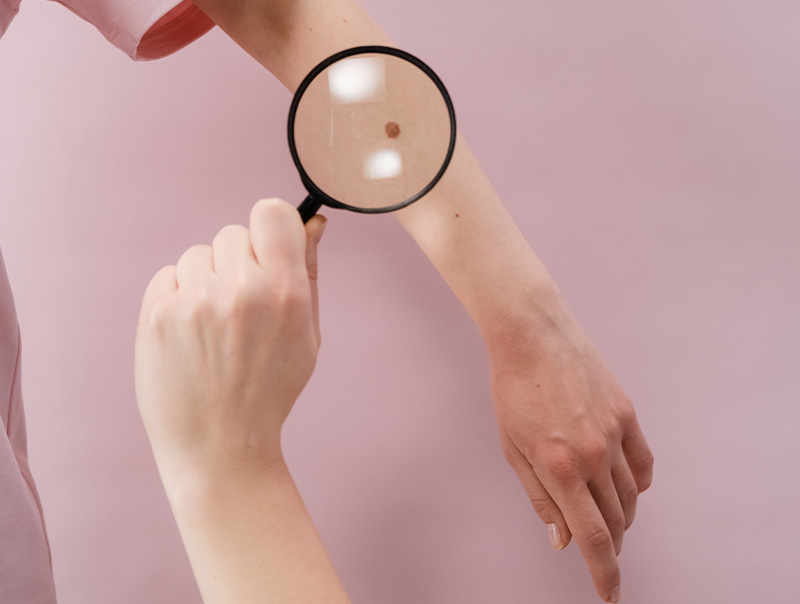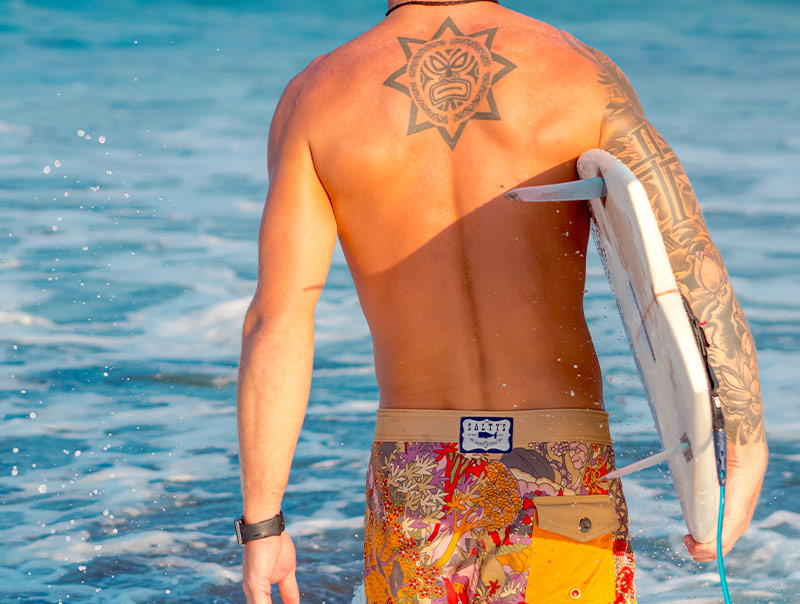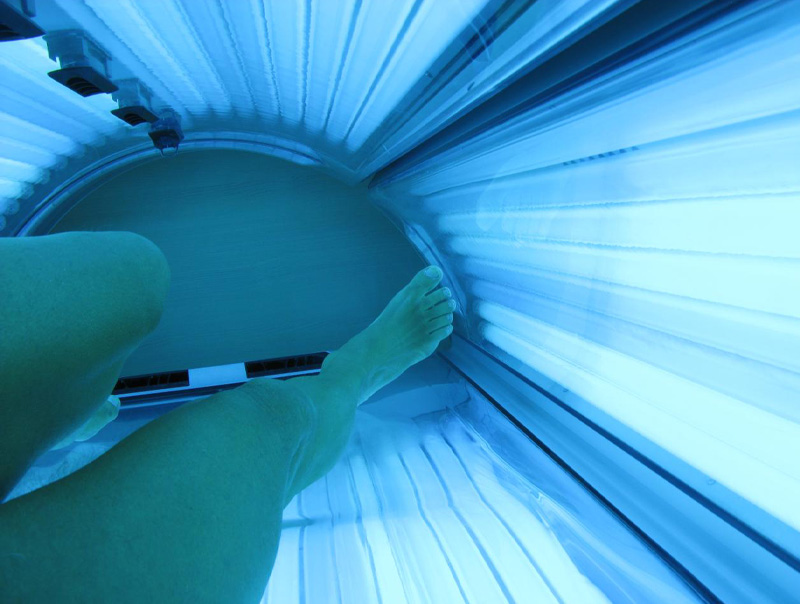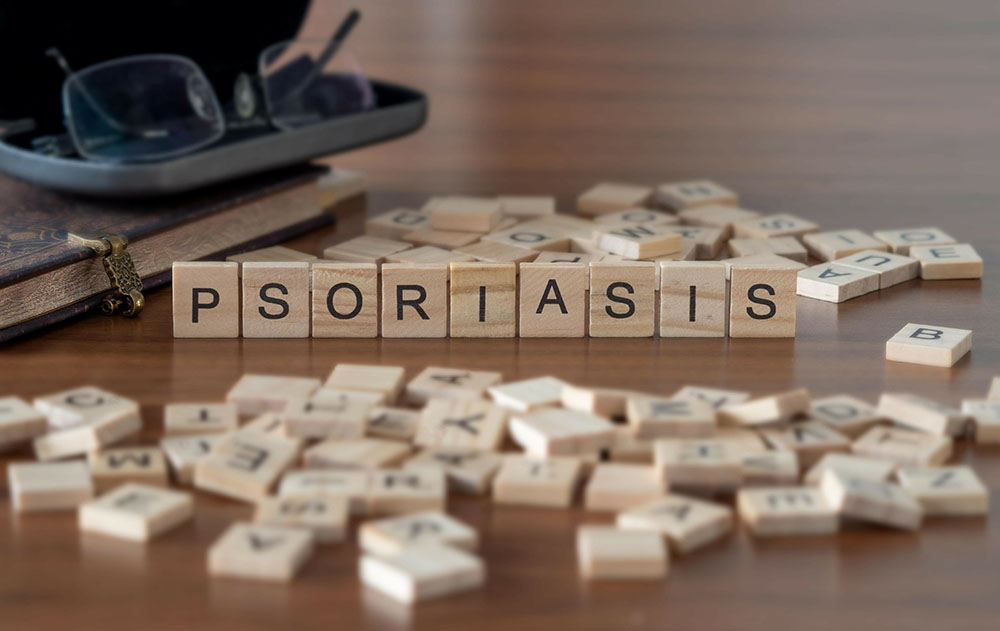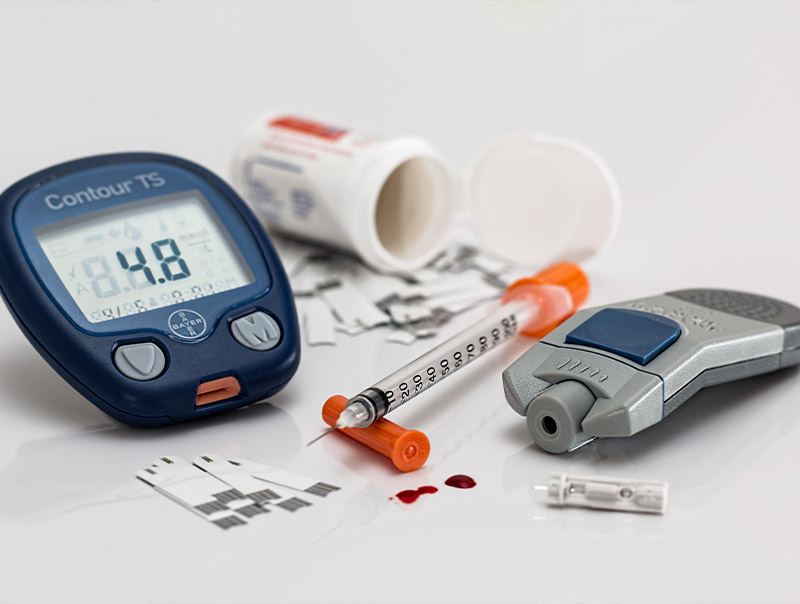Do you ever dread looking in the mirror? Are you tired of seeing your once youthful appearance succumb to the aging process? Time marches on, and unfortunately, those years of life experience can show more quickly on your face than other parts of your body, especially if you are a facially expressive person. That’s where injectables such as Botox, Dysport, and Xeomin may have crossed your mind. Botox vs. Dysport vs. Xeomin which is the best option?
Even with a proper skincare regime and skin maintenance, crow’s feet, forehead wrinkles, and frown lines are a natural part of life. The good news is, you don’t have to let your age show through your face. There are alternatives to plastic surgery that can provide you with smoother skin, fewer wrinkles, and a younger look. Injectables such as Botox, Xeomin, and Dysport, can help to soften the appearance of heavy wrinkles and lines and temporarily eliminate fine lines.
The trained professionals at Venice Avenue Dermatology are well versed in the benefits and administration of injectables and can recommend the best option for your specific skin needs. Call today to schedule your appointment and determine which neurotoxin treatment will work best for your skin needs.
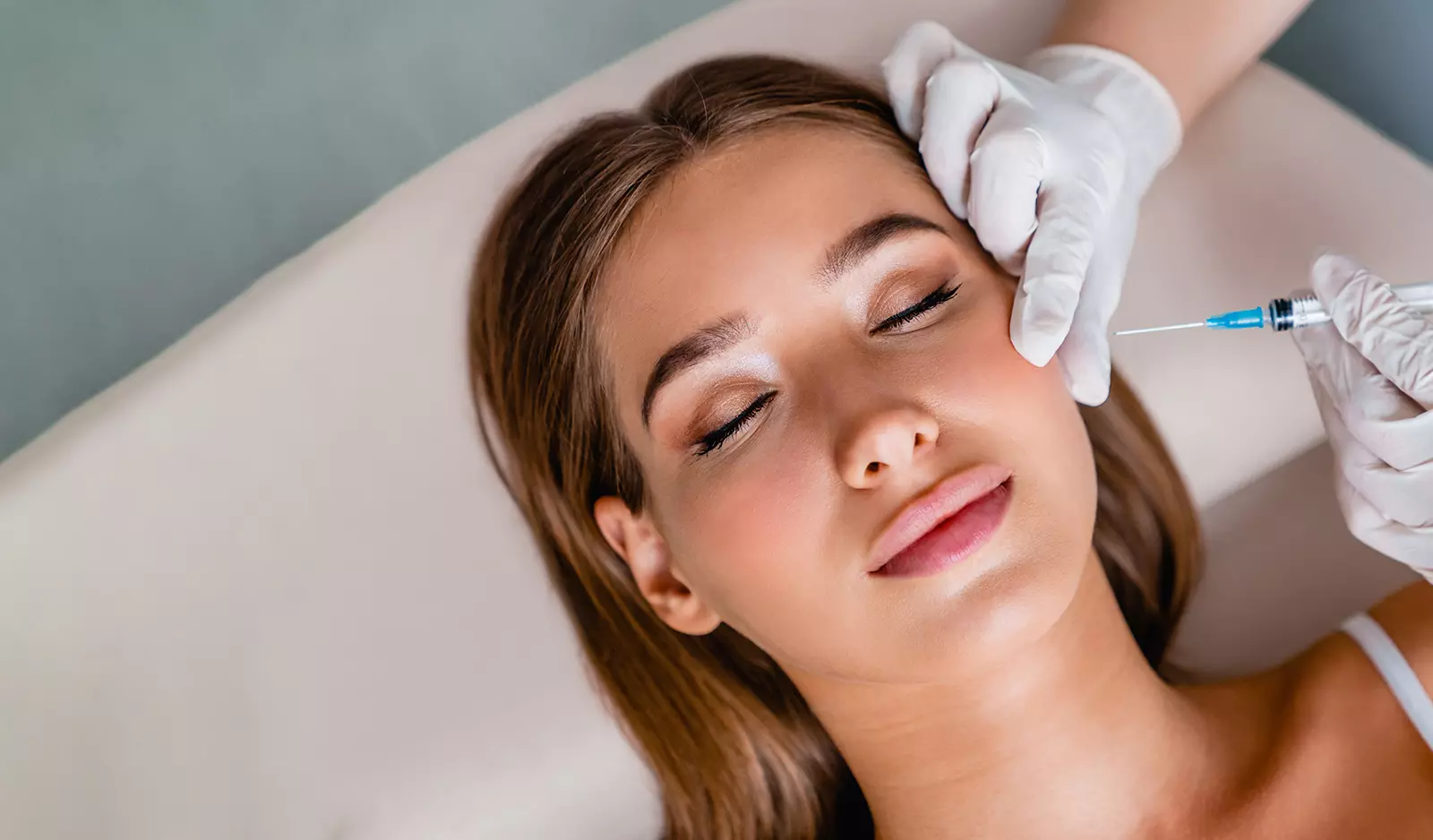
What are BOTOX® Cosmetic, Dysport, and Xeomin?
Botox Cosmetic, Dysport, and Xeomin are injectable neuromodulators that block nerve signals. When this occurs, the facial muscles responsible for most facial expressions are targeted, and muscle contractions are limited, reducing wrinkles. All three treatments fall under the category of non-invasive antiaging treatments.
All three are considered neurotoxins derived from botulinum toxin type A or bacterium Clostridium Botulinum. They are a popular anti-aging option as the treatment is quick with no downtime after the procedure. They are an excellent option for patients looking to reduce the appearance of frown lines, crow’s feet, and deep forehead wrinkles but don’t want to have a facelift.
What is the difference: Dysport vs. Botox vs. Xeomin?
While all three neurotoxins are similar in their make-up and function, they have slight differences. The formulation of Xeomin differs slightly from the others as it contains no additives and does not require refrigeration. They also vary slightly in the appearance of results. The effects of Botox spread three to five days after treatment when the full effects are seen. Xeomin can take even longer, with full results in roughly five to seven days. Dysport, or abobotulinumtoxina, is the option where results in the target areas will be seen most rapidly, with visible results within one to two days after treatment.
Xeomin and Dysport treatment also have greater diffusion than Botox, which allows them to reduce the appearance of wrinkles over a larger area. Botox is much more targeted and one of the most effective treatments for severe wrinkles in the forehead and glabellar lines.
Why choose a cosmetic dermatologist for neurotoxin injections like Botox, Xeomin, and Dysport?
Injectable neurotoxin treatments are aesthetic and can be administered at medical spas, by plastic surgeons, and in dermatology offices. While getting your anti-aging treatment at a medical spa may seem quick and easy, you will benefit more by having your procedure done at the dermatologist’s office.
Board-certified dermatologists and their staff care about the health and quality of your skin. They can help you discover the best options to achieve your desired results and address any underlying skin issues that could negatively affect your treatment. While considered a safe treatment option for fine lines and wrinkles, neurotoxins should be properly administered. Otherwise, you could end up with less than ideal results or more negative side effects.
By choosing a dermatologist for your injections, you will be given options for a more effective approach to your skin concerns and achieve better results from your treatment.
Which is better for crow’s feet: Dysport vs. Botox vs. Xeomin?
Botox is considered one of the best options for the treatment of crow’s feet. It has been the primary go-to for decades because it can tackle tough and deep facial lines and wrinkles. Full results may take longer to notice with Botox, but once the results have fully spread, you will see the best results for your crow’s feet with this option.
Which option is better for other fine lines?
Xeomin is one of the most popular choices for more fine facial lines. The product does not have preservatives and does not need to be refrigerated, making it more comfortable for injection and the more popular option for minor wrinkles. Xeomin requires fewer units for treating fine lines, making it an overall more cost-effective option for these types of lines. Xeomin is also ideal for those who have previously used Botox and Dysport and had resistance since it is considered a more purified form of neurotoxin.
Which option is better for forehead lines?
The fact that Botox is the most targeted option and works well on severe and deep wrinkles with fewer units makes Botox the best choice for horizontal forehead lines. The other two options can help to reduce forehead lines but may not soften them as significantly as Botox can.
What’s the difference between neurotoxin cosmetic injectables and dermal fillers?
Botox, Xeomin, and Dysport work by freezing facial muscles responsible for forming lines and wrinkles on the face. As long as these muscles are frozen, they cannot be used, which means your face will be more relaxed, leading to a softening of the facial profile. Dermal fillers address more static lines and hollow areas of the face by plumping up areas that have lost volume. This can help bring back fullness more common with a youthful appearance.
Neurotoxins and dermal fillers also differ in how they are administered. Neurotoxins are almost exclusively delivered into the upper part of the face, where wrinkles from facial muscles most often occur. Dermal fillers are injected anywhere on the face, especially around the lip and cheek area.
A final way the two non-invasive anti-aging treatments differ is in the length of time they last. Neurotoxins will last an average of three to four months, while dermal filler can last up to a year. Many patients who want to achieve an overall more youthful look to their face will often combine neurotoxin injectables and dermal filler treatments to tackle lines, facial wrinkles, and areas on their face that lack volume all at the same time.
Which lasts longer, BOTOX® Cosmetic or Dysport or Xeomin?
When properly administered by a certified injector, all three options should last between three and four months before additional injections are needed. Some patients have reported shorter time frames between injections, while others have been able to go the full three to four months between treatments. Some patients have reported that although the effects of Dysport tend to show up sooner, they fade slightly sooner as well.

How many units of Dysport vs. BOTOX® Cosmetic vs. Xeomin will I need?
Dysport, Xeomin, and Botox injections require a specific number of units to reduce the appearance of wrinkles and achieve youthful results. Overall, Botox will require the least number of units. Deep forehead wrinkles and crow’s feet typically require 10 to 15 units to be effective, and frown lines can require between 20 and 30 units.
Xeomin comes in a close second, requiring between 15 and 30 units for frown lines and between 20 and 40 units to tackle tough forehead wrinkles. Dysport requires the most units, making it a more expensive option even though the units cost less. You will need between 30 to 50 units of Dysport for your crow’s feet and around 60 units for deep glabellar lines.
Are Botox, Xeomin, and Dysport the same price?
Some options are priced differently per unit, and each option requires a different number of units to achieve the desired result, which makes the overall cost of each treatment type different. Xeomin and Botox typically run in the same average range at $12 to $17 per unit. Still, Xeomin requires more units to complete treatment, in most cases, which can make Xeomin treatment more expensive than Botox. Dysport injections run an average of $4 to $6 per unit. While Dysport may cost less per unit than the other options, typically twice as many units of Dysport are required for most treatments.
Which is more natural looking?
All three products can reduce the signs of aging and be a natural-looking wrinkle treatment if appropriately done by a certified professional. Though out of the three, Xeomin is the more concentrated and pure form of Botulinum toxin as it contains no preservative proteins. It is sometimes referred to as“naked injectable.”
What are the side effects of Dysport vs. Botox vs. Xeomin compared?
All three products have been rigorously tested by the FDA and received FDA approval, meaning they are considered to be safe for most people if properly administered. Each product uses the same active ingredients, which makes the botox side effects similar each, though patients with certain medical conditions may have more side effects than others. The most common side effects associated with Dysport, Botox, and Xeomin include:
- Eye dryness
- Blurred vision
- Droopy eyelids
- Headache
- Muscle spasms
- Pain, bruising, or irritation at the injection site or treatment area
In most cases, side effects fade rather quickly.
How long does Dysport vs. Botox vs. Xeomin last?
All three products are designed to stay in effect for 3 to 4 months before additional injections are needed, though the actual length can vary from person to person.
Ready to take control of your skincare needs and find the right neurotoxin treatment to help you turn back the clock? The professionals at Venice Avenue Dermatology are here to help you fight the signs of aging and enjoy the more youthful look you desire. Schedule an appointment today to take the first step to start seeing a more youthful you in the mirror.

